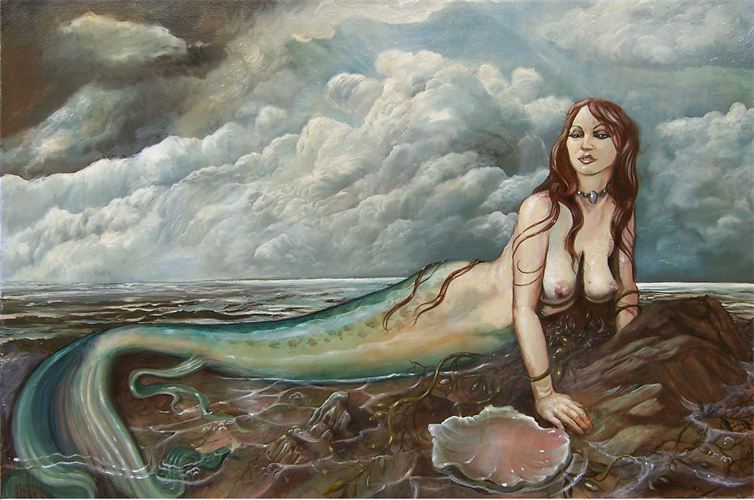Mermaids in modern pop culture are often represented as a playful, child-like symbol of female embodiment, largely in part of Disney’s, “The Little Mermaid”.They are often romanticized, seen as beautiful sea goddesses. Today these fish-women of the sea are painted and drawn as colorful, smiley creatures of the bubbly ocean, much different than the dark, early century paintings depicting male demise. The truth is, the myth of mermaids originates from stories of peril.
The first folklore appeared in ancient Assyria when the goddess Atargatis turned herself into a mermaid and banned herself to the ocean after killing her human lover. This, in turn, can be said to influence the idea of Sirens in Greek mythology. The sirens were considered dangerous creatures who would lure sailors with their voices to shipwreck on their residing island. In later history, mermaids were still depicted by early western culture and Christianity as symbols of temptation and destruction embodied in a female body. As the early Christian euhemerist interpretation once said:
“They [the Greeks] imagine that “there were three Sirens, part virgins, part birds,” with wings and claws. “One of them sang, another played the flute, the third the lyre. They drew sailors, decoyed by song, to shipwreck. According to the truth, however, they were prostitutes who led travelers down to poverty and were said to impose shipwreck on them.” They had wings and claws because Love flies and wounds. They are said to have stayed in the waves because a wave created Venus”.


Recent Comments